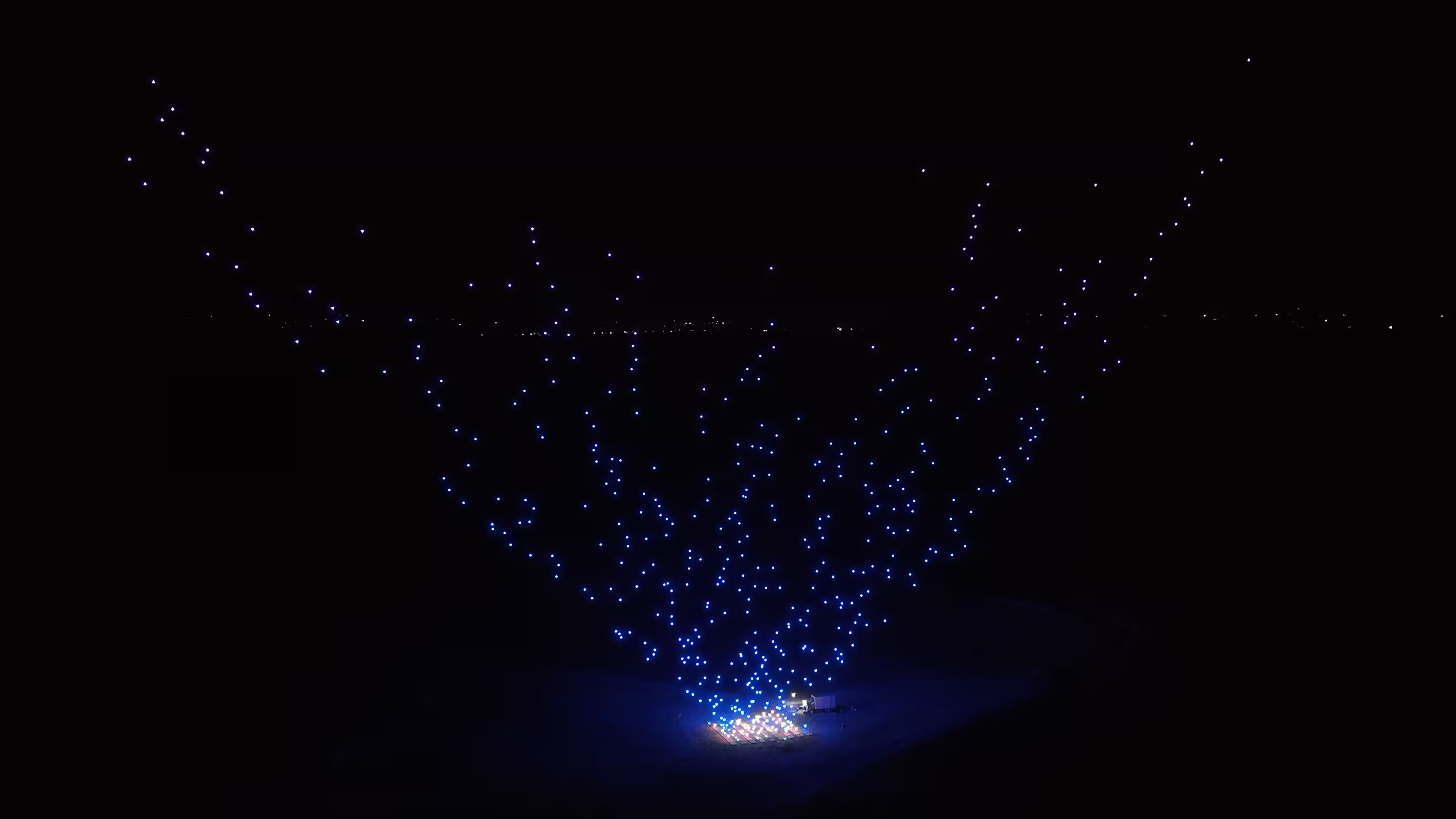
Dreaming of creating a breathtaking drone light show for a wedding, festival, or corporate event? With MMC’s L1 drone, organizing a stunning aerial performance is more accessible than ever, even for beginners. This comprehensive guide walks you through every step of setting up a drone light show, from selecting equipment to executing a flawless performance. Packed with practical tips and detailed insights, this guide leverages the L1’s advanced features to help you create a memorable spectacle.
Why Choose the MMC L1 for Your First Drone Light Show?

The MMC L1 is an electric quadcopter designed specifically for light show performances, making it ideal for beginners. Its key features include:
- Compact and Lightweight: At 530g (including battery) with a 220mm diagonal wheelbase, the L1 is easy to handle and transport.
- High Precision: RTK-GPS positioning offers ±5cm horizontal and ±6cm vertical accuracy, ensuring tight formations.
- Vivid Lighting: RGBW multi-chip lighting delivers 800 lumens, perfect for vibrant nighttime displays.
- Reliability: Sensor redundancy, anti-interference capabilities, and IP43 waterproofing allow operation in light rain and winds up to Level 5.
- Automation: Automated takeoff and return from storage cases streamline setup, reducing the need for extensive technical expertise.
Whether you’re planning a small 100-drone show or a grand 5,000-drone spectacle, the L1’s scalability and user-friendly design make it a beginner’s best choice.
Step 1: Planning Your Drone Light Show
Define Your Vision
Start by determining the scale and purpose of your show:
- Small Events: 100–500 drones for weddings, proposals, or private parties, creating simple patterns like hearts or names.
- Medium Events: 500–1,000 drones for local festivals or corporate launches, ideal for logos and animations.
- Large Events: 1,000–5,000 drones for major celebrations like holidays or city-wide events, supporting complex 3D formations and QR codes.
Consider integrating music or fireworks for a multisensory experience, as the L1’s choreography software supports synchronized audio-visual displays.
Budget and Acquisition
MMC offers flexible options:
- Purchase: Prices range from USD 850 (1–999 units) to USD 360 (10,000+ units).
- Leasing: Annual leases at USD 285/unit (or USD 230 for channel pickup), with a USD 430/unit deposit.
- Technical Support: USD 145/person/day for on-site assistance; free training at MMC headquarters (accommodation self-funded).
For a beginner’s 500-drone show, leasing costs USD 142,500 annually, plus USD 28,500 for transport and setup, totaling USD 171,000 for 300 shows (USD 715/show).
Step 2: Assembling Your Equipment
A complete L1 drone light show setup includes:
Drones and Accessories
- L1 Drones: Each comes with a 14.4V, 3,000mAh lithium-ion battery (400-cycle lifespan). Recommend 1:1 spare batteries for uninterrupted shows.
- Storage Cases: Each case holds 12 drones, supports automated takeoff, and stores 32+ batteries. For 500 drones, you’ll need 42 cases (84 panels).
Ground Equipment
- Battery Chargers: One charger (1,500W) handles 20 batteries in ~1 hour.
- Handheld Remotes: One remote controls up to 500 drones, perfect for manual overrides.
- Power Control Switch: Ensures efficient power management for charging and operations.
Positioning and Communication
- RTK Kit: One kit (base station, radio, tripod) provides centimeter-level positioning for the entire fleet.
- Communication Network: Includes outdoor APs (1 per 160 drones), mounts, network controllers (1 for 256 APs), Cat6 cables (1m, 5m, 50m), and switches (8-port for 1–6 APs, 24-port for 7–22 APs). For 500 drones, expect 4 APs and one 8-port switch.
Software
- Ground Station Control: Free software for managing drone swarms and choreography.
- Choreography Plugin: Optional annual fee (USD 2,240 special channel) for advanced design and preview tools.
- Communication Monitoring: Ensures stable WIFI connections across 500m–1.5km.
Client-Sourced Materials
To streamline operations, procure:
- Laptop: i7, 4060 GPU, 32GB RAM for running control software.
- Anemometer: Measures wind speed to ensure ≤ Level 5 conditions.
- Spectrum Analyzer: Detects interference for reliable communications.
- Other Essentials: Laser rangefinder, walkie-talkies, power bank (20,000mAh), extension cords, canopy, and safety barriers for efficient site management.
A full list of 30+ items with purchase links is available in MMC’s documentation.
Step 3: Selecting and Preparing the Venue
Venue Requirements
- Clearance: A 500m radius free of obstructions and interference sources (e.g., high-power lines, radio towers).
- Airspace Approval: Secure permits from local aviation authorities well in advance, as regulations vary by region.
- Surface: Flat, stable ground for storage cases. Avoid loose soil or uneven terrain.
Area Calculation
Use MMC’s venue sizing guide:
- 500 Drones: 8×11 layout, 23x19m, 437m² actual area (112m² panel area).
- 1,000 Drones: 12×14 layout, 27x25m, 675m² actual area.
- 2,000 Drones: 17×20 layout, 36x31m, 1,116m² actual area.
For 500 drones, deploy 42 storage cases (12 drones each), arranged in a grid with 1.5–2.2m spacing between drones in flight.
Site Preparation
- Survey: Conduct a site survey to map takeoff, landing, and backup zones. Provide a report to organizers and authorities.
- Security: Establish a 15m isolation zone around the performance area; secure a 50m perimeter (except for emergency services). Use safety barriers and signage.
- Backup Plans: Designate alternate landing zones for emergencies and ensure evacuation routes are marked.
Step 4: Designing and Testing Choreography
Creating Patterns
MMC’s free choreography software allows beginners to design:
- Simple Patterns: Text, logos, or 2D shapes for small shows.
- Complex 3D Formations: Animations or dynamic transitions for larger events, leveraging the L1’s 3D capabilities.
- Customizations: Collaborate with MMC’s design team (free for 2025 purchases/leases) to create branded or thematic displays, such as QR codes linking to websites.
Testing and Rehearsals
- Simulation: Use the choreography preview tool to visualize formations and ensure synchronization.
- Physical Rehearsal: Conduct a small-scale test (e.g., 10–20 drones) to verify RTK-GPS accuracy (±5cm) and lighting effects (RGBW, 800lm).
- Adjustments: Fine-tune flight paths and timing to align with music or other elements.
Step 5: Executing the Drone Light Show
Pre-Flight Checks
- Equipment Inspection: Verify propellers, motors, batteries, and communication channels. Use MMC’s checklist: self-check, peer review, and sign-off.
- Environmental Check: Confirm wind ≤ Level 5 and no heavy rain (>10mm/24h). Use client-sourced anemometer and weather data.
- Backup Readiness: Ensure 5% spare drones and communication gear are on standby.
Safety Protocols
The L1’s seven-level emergency response system ensures safety:
- Reject Faulty Drones: Pre-flight checks eliminate defective units.
- Weather Pause: Halt for wind > Level 5 or heavy rain.
- Interference Mitigation: Switch channels using spectrum analysis; use backups.
- Low Battery Return: Auto-return with lights off on alert.
- Pilot Takeover: Manual control to backup zones.
- Electronic Fence: Prevents boundary breaches via auto-return.
- Ground Station Halt: Batch return or pause for emergencies.
Deploy a lead commander, deputy, and substitutes, coordinating with organizers’ security, medical, and fire teams.
Performance Execution
- Launch: Automated takeoff from storage cases, with drones maintaining 1.5–2.2m spacing.
- Monitoring: Use ground station software to track real-time positioning and communication.
- Engagement: Encourage audience interaction (e.g., scanning QR codes) to boost digital reach.
Step 6: Post-Show Maintenance and Analysis
Maintenance
- Battery Care: Charge within 1 hour; store in explosion-proof boxes. Replace batteries (USD 18.5 special channel) after 400 cycles.
- Consumable Parts: Inspect and replace propellers (USD 0.6), GPS modules (USD 41), or shells as needed (pricing varies by channel).
- Storage: Fold cases (1.5×0.88×0.25m) for compact storage (1.32m² per case).
Performance Review
- Analytics: Use MMC’s cloud platform to analyze engagement (e.g., QR code scans, social media shares).
- Feedback: Gather input from organizers and audience to refine future shows.
Step 7: Leveraging MMC Support
MMC offers extensive support for beginners:
- Free Training: Learn choreography and operations at MMC headquarters (accommodation self-funded).
- On-Site Assistance: USD 145/person/day for setup and emergency support; free for 500+ unit annual leases.
- After-Sales: 24-hour response for repairs and upgrades, tailored to your region.
Real-World Inspiration
For inspiration, consider the 2025 Shandong Liaocheng Spring Festival, where 2,000 L1 drones created 10+ patterns, captivating thousands. Beginners can start smaller, with 100 drones for a local event, scaling up as expertise grows.
Tips for Success
- Start Small: Begin with 100–500 drones to master logistics.
- Practice Safety: Prioritize pre-flight checks and emergency drills.
- Engage Audiences: Use dynamic patterns and social media integration for maximum impact.
- Plan Early: Secure airspace approvals and venue surveys months in advance.
With the MMC L1’s user-friendly design and robust support, your first drone light show will dazzle audiences. Ready to light up the sky? Contact MMC for a demo or custom quote today.
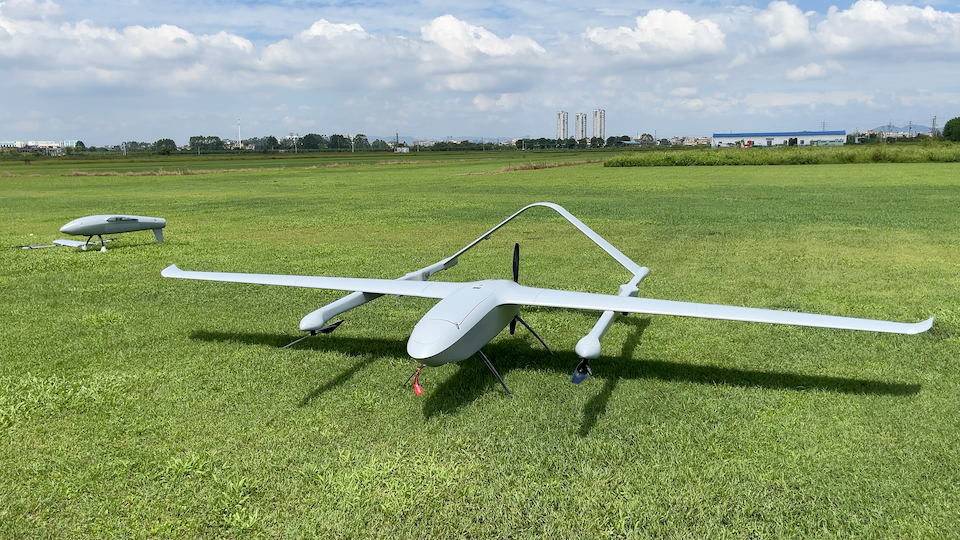
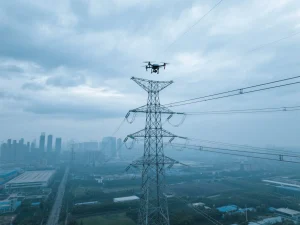
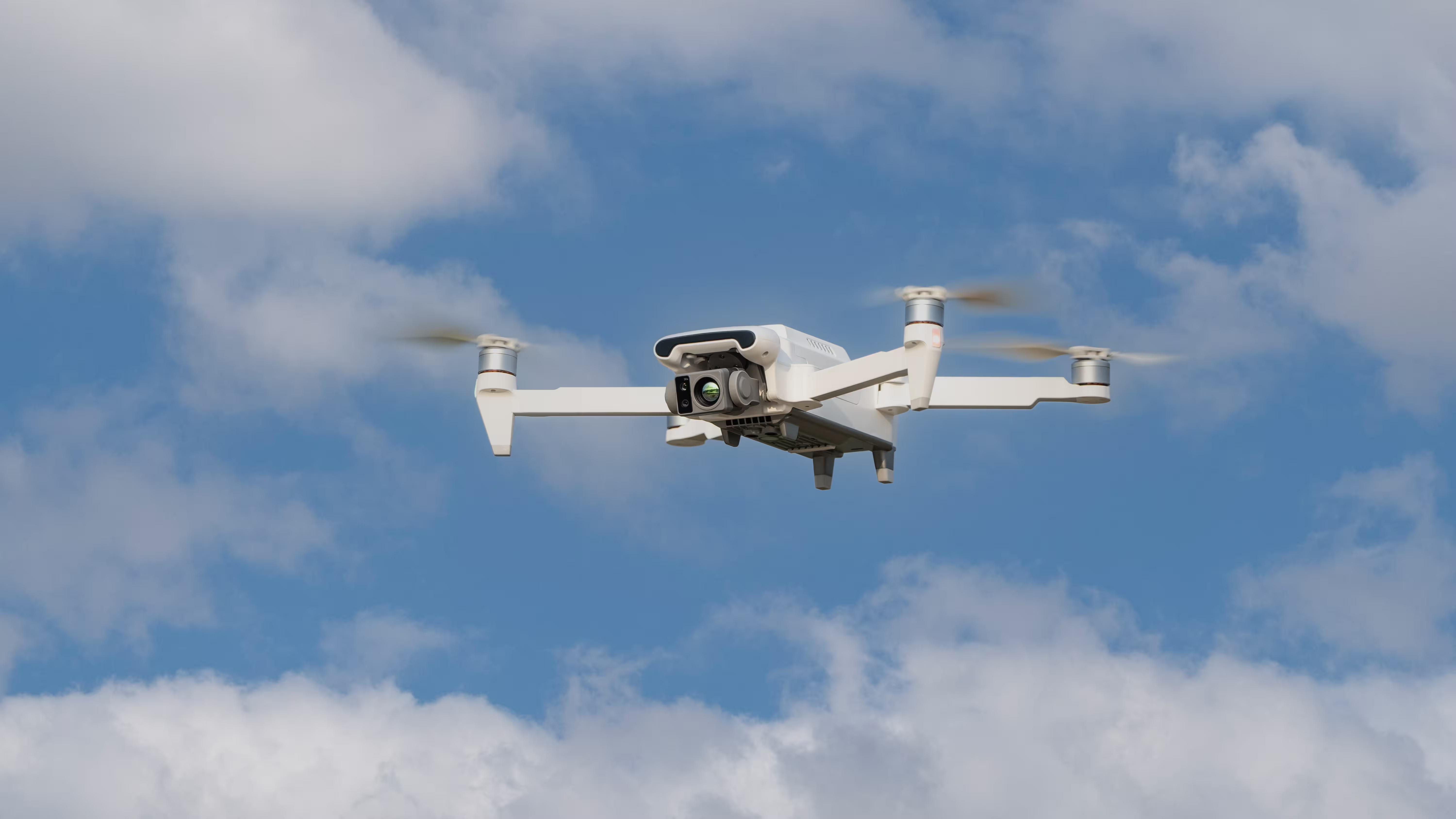
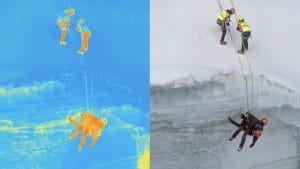
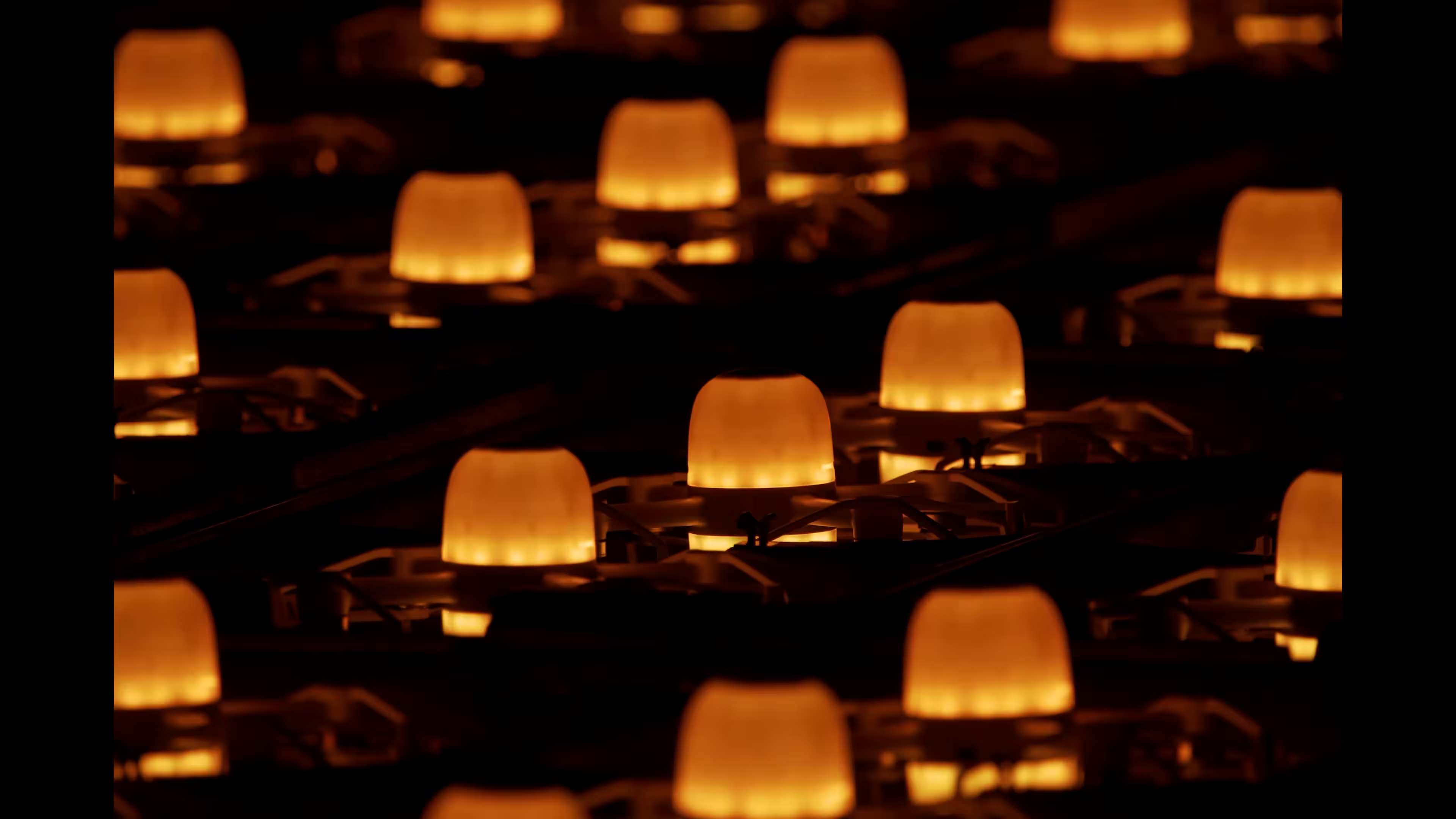
Comments